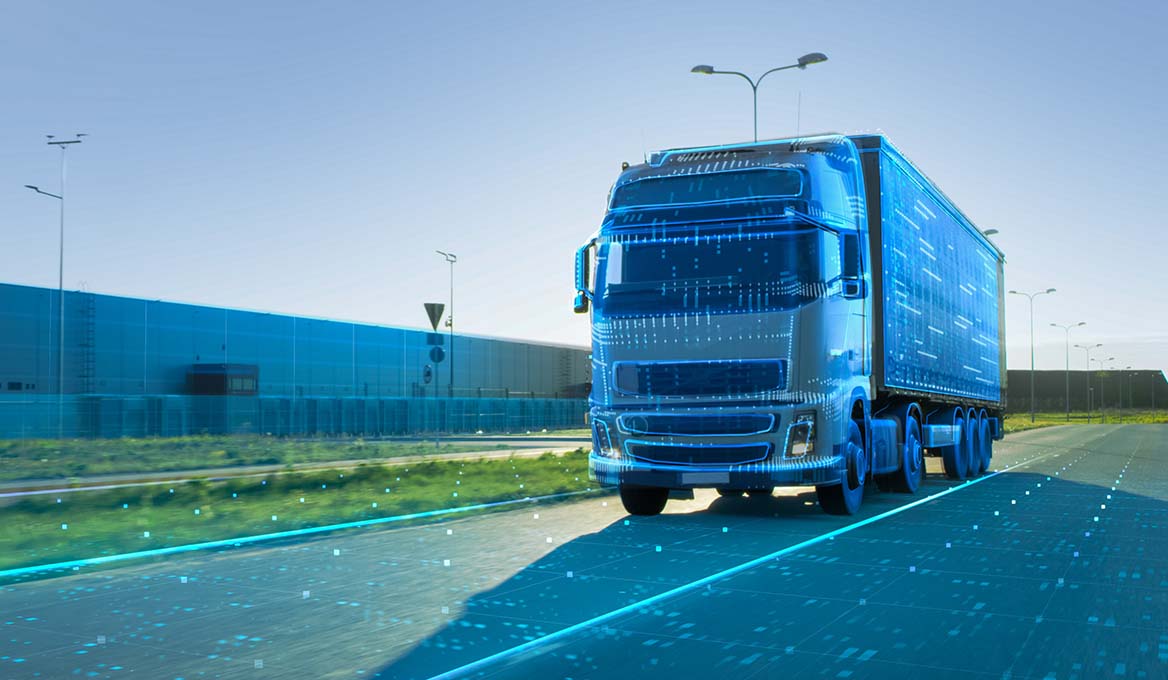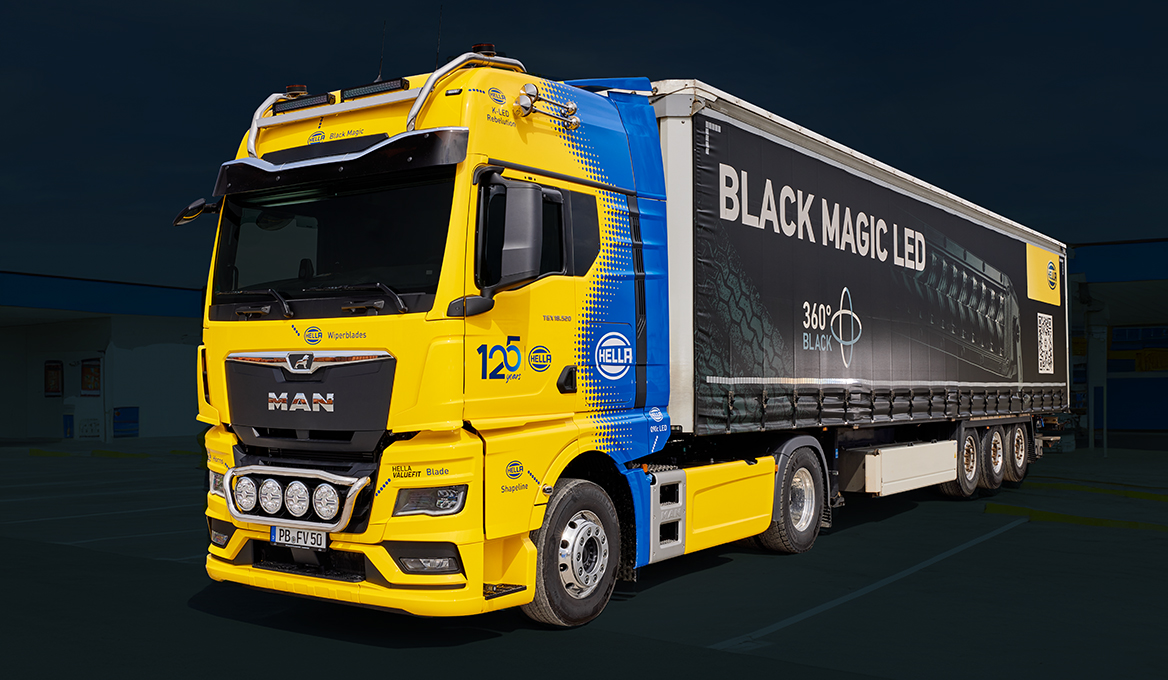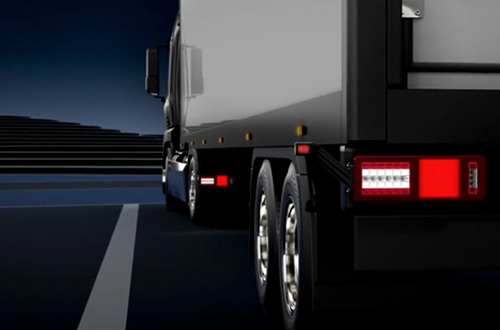
Full speed ahead: what the HGV of the future will look like
Future HGVs: latest technologies in the commercial vehicle sector
The commercial vehicle industry is in a state of transition. Environmental regulations, technological advances and the permanent search to boost efficiency are driving the development of innovative solutions in the HGV sector. We shed light on the latest technologies for the HGV of the future.
Zero emissions transport
Alternative drive systems are already playing a major role in the commercial vehicle sector and they will become even more significant in the future. Zero emissions transport will remain one of THE megatrends in the coming years. The use of batteries as energy storage devices and electric motors as drive systems means that "BEV HGVs" (BEV = Battery Electric Vehicle) not only offer at least local zero emissions transport, they also bring about advantages in terms of servicing and service life.
Hydrogen fuel cells are another promising technology within the context of alternative drives. Similarly to BEV HGVs, they will enable zero emissions transport in the HGV of the future, but with a greater range and shorter refuelling times. The combination of hydrogen infrastructure and fuel cell technology has the potential to fundamentally change the HGV industry. However, this is currently still costly. From a global perspective, however, the familiar diesel HGVs, which have become increasingly efficient and therefore more environmentally friendly in recent years, will continue to set the tone for a few years to come.
Assistance systems are making a significant contribution to road safety
The demand for supporting assistance technologies is driven by safety and convenience aspects. Frequently, fatigued drivers are the main cause of severe road traffic collisions. Appropriate assistance systems react faster than fatigued drivers, with the potential of significantly improving their working life. Driver monitoring systems can also further boost safety: cameras and sensors are used to identify signs of driver fatigue or distraction at an early stage and issue warning signals. This can reduce the risk of accidents.
Will the HGV of the future be automated and driverless?
The development of autonomous vehicles is also progressing in the HGV sector. Using sensors, cameras and artificial intelligence, HGVs can navigate and manoeuvre autonomously, which increases both driving comfort and safety. It also boosts freight transport efficiency by optimising journey times and reducing fuel consumption.
Haulage companies are faced with rising labour costs – providing they even manage to employ new drivers at all. Accordingly, there is a growing (initial) interest in autonomously driving commercial vehicles. In the USA, the first autonomously driving HGVs have already been approved for selected routes, while work on autonomous concepts for the HGV of the future is also on-going in Europe.
Platooning: Future HGVs move in convoy
A further assistance system innovation is platooning. This involves electronically linking HGVs to form convoys as part of which the vehicles drive in close proximity. This enables fuel savings thanks to the reduced drag, while, at the same time, increasing road safety, as it offers the potential to cut vehicles' reaction times.
Modern cabs with advanced communication and entertainment systems
Driver convenience is a key aspect in the design of future HGVs. Driver cabs are becoming increasingly spacious and ergonomically designed to meet the demands of drivers. In addition, modern cabs are equipped with advanced communication and entertainment systems that are available to drivers during breaks and rest periods.
Digitally networking vehicles not only offers new opportunities for individual mobility, it also uncovers great potentials for reducing operating costs in commercial vehicle fleets.
In this context, HGVs play an important role as part of the digital infrastructure. A data exchange via interfaces already enables a wide range of applications, such as the automated recording, storage and archiving of driver and vehicle data as well as information on vehicle status and service intervals.
HGVs of the future are fully integrated
The intelligent integration of these data sources also enables an optimisation of routes, charging and delivery processes and helps to improve driving styles. In addition, innovative bonus systems can help motivate drivers and make the profession more appealing.
The increasing degree of mutual vehicle integration (V2V) and the integration into their environment (V2X) opens up further opportunities, for example on the basis of swarm intelligence and the exchange of information on routes, road conditions and traffic. This provides HGVs with detailed information about specific route features and enables them to react at an early stage.
Increasing degrees of integration can also make drivers' everyday activities easier, for example by automatically reserving parking spaces at motorway service stations based on driving and rest times.
Overall, it is evident that growing levels of connectivity and integration in the HGV of the future not only offer potentials for greater efficiency in fleet operations, they also create room for new business models and ideas.
The future of HGVs remains exciting!
The future of the HGV industry is characterised by a host of technological innovations. New drive technologies, advanced assistance systems, improved safety measures and increased convenience will fundamentally change freight transport.



